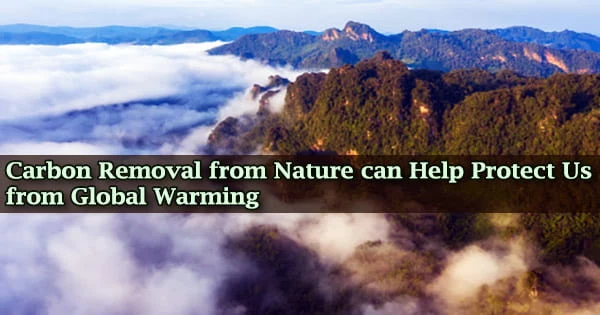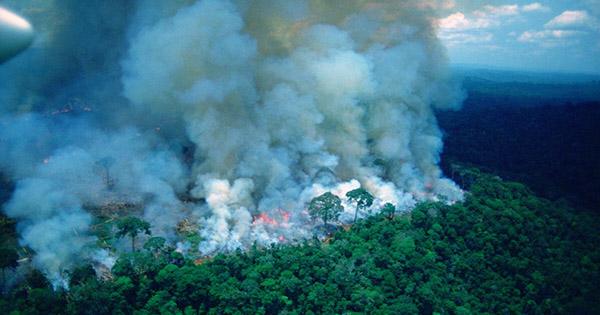According to a new study, temporary natural-based carbon removal can help to reduce global peak heat levels, but only when combined with aggressive fossil-fuel emission reductions.
Nature-based climate solutions attempt to protect and promote carbon storage in terrestrial and aquatic ecosystems, and they could help Canada meet its climate change mitigation goals.
“However, the risk is that carbon stored in ecosystems could be lost back to the atmosphere as a result of wildfires, insect outbreaks, deforestation, or other human activities,” says Kirsten Zickfeld, a distinguished professor of climate science in Simon Fraser University’s Department of Geography who is on the research team.
The researchers utilized a global climate model to estimate temperature change under two scenarios ranging from minor to major reductions in greenhouse gas emissions. Carbon emissions continue through 2100 in the very poor emissions reduction scenario. By 2050, the aggressive scenario predicts that carbon emissions will be zero.
Global warming is the long-term warming of Earth’s climate system that has been seen from the pre-industrial period (between 1850 and 1900) as a result of human activity, principally fossil fuel combustion, which increases heat-trapping greenhouse gas levels in the atmosphere.
The terms are sometimes used interchangeably, while the latter refers to both human- and naturally-caused warming, as well as the consequences for our world. The average increase in Earth’s global surface temperature is the most frequent metric.
According to the United Nations’ Intergovernmental Panel on Climate Change, the world will need to reach net-zero CO2 emissions around or before mid-century to meet the Paris Agreement’s climate targets.
Because forests are vulnerable to both natural and human disturbances, carbon storage through nature-based climate solutions is believed to be ephemeral in both scenarios.
However, the risk is that carbon stored in ecosystems could be lost back to the atmosphere as a result of wildfires, insect outbreaks, deforestation, or other human activities.
Kirsten Zickfeld
As a result, nature-based climate solutions are expected to remove carbon from the atmosphere over the next 30 years before gradually releasing it in the second half of the century.
The researchers discovered that temporary nature-based carbon storage can reduce peak warming in a scenario where carbon emissions decline swiftly to net-zero. Temporary nature-based carbon storage, on the other hand, would only serve to delay the temperature increase in a scenario with continuous carbon emissions.
“Our study shows that nature-based carbon storage, even if temporary, can have tangible climate benefits, but only if implemented alongside a rapid transition to zero fossil-fuel emissions,” says Zickfeld.
The findings are published in Communications Earth & Environment.
Zickfeld is also the primary author of the IPCC’s Working Group I contribution to the Sixth Assessment Report, which was issued in summer 2021, and the IPCC’s 2018 special report on global warming of 1.5 degrees.
Beyond storing carbon to fight climate change, the researchers point out that investment in protecting and restoring nature has social and environmental advantages for local and Indigenous populations.
They go on to say that biodiversity, water, and air quality are intrinsically important and that efforts to improve them can help communities adapt to climate change.
















